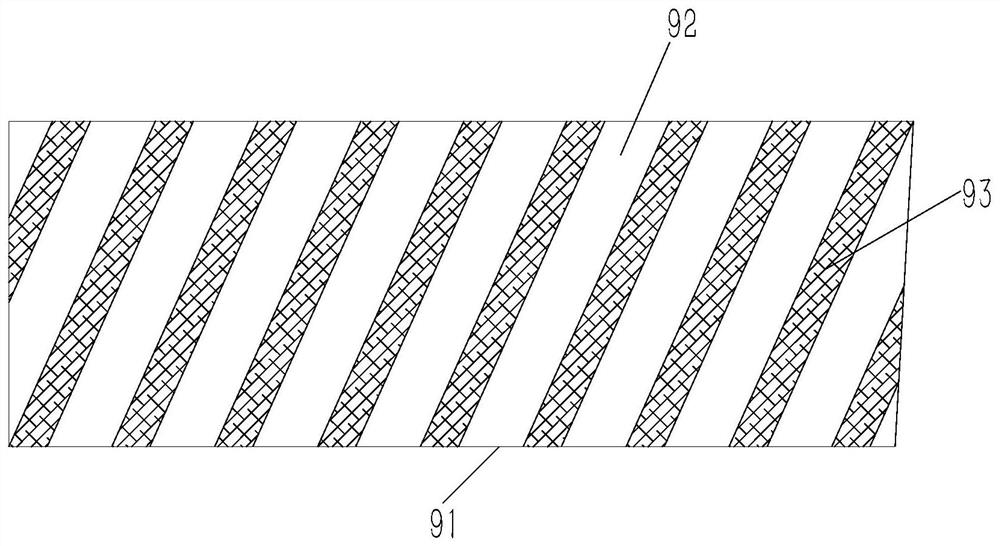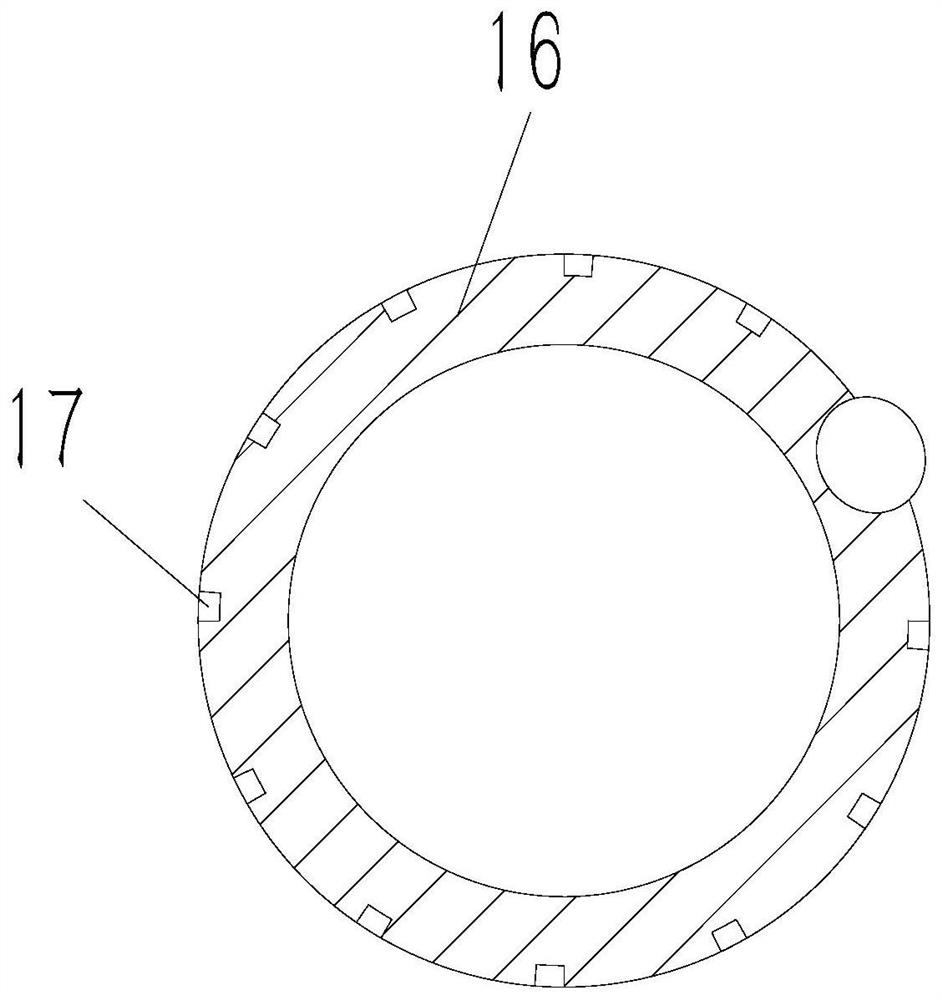Manufacturing method and production line of continuous fiber composite material spring and spring
A technology of continuous fibers and composite materials, applied in the direction of springs, springs/shock absorbers, coil springs, etc., can solve the problems of reduced resin content of products, inability to effectively control tolerances, and high production costs
- Summary
- Abstract
- Description
- Claims
- Application Information
AI Technical Summary
Problems solved by technology
Method used
Image
Examples
Embodiment approach
[0029] like Figure 1-Figure 3 Shown is the embodiment of a kind of continuous fiber composite material spring production line of the present invention, comprises the steps:
[0030] In the first step, the continuous fiber is led out from the initial tension creel 1 with tension control according to the design requirements, and is soaked through the first impregnation device 2 .
[0031] In the second step, by the two-way winding machine 3, the initial fiber tow after infiltration is formed into a certain angular spacing, and the interlaced transverse continuous fibers (improve the compactness and stability of the fibers in the final molded product, thereby enhancing the tensile strength and the stability of the product) resistance to fatigue).
[0032] In the third step, the longitudinal fibers are drawn out from the second winding creels 4 on both sides, and coated on the outer surface of the transverse continuous fibers through the yarn collector 5 (increasing the contact ...
PUM
 Login to View More
Login to View More Abstract
Description
Claims
Application Information
 Login to View More
Login to View More - R&D
- Intellectual Property
- Life Sciences
- Materials
- Tech Scout
- Unparalleled Data Quality
- Higher Quality Content
- 60% Fewer Hallucinations
Browse by: Latest US Patents, China's latest patents, Technical Efficacy Thesaurus, Application Domain, Technology Topic, Popular Technical Reports.
© 2025 PatSnap. All rights reserved.Legal|Privacy policy|Modern Slavery Act Transparency Statement|Sitemap|About US| Contact US: help@patsnap.com



